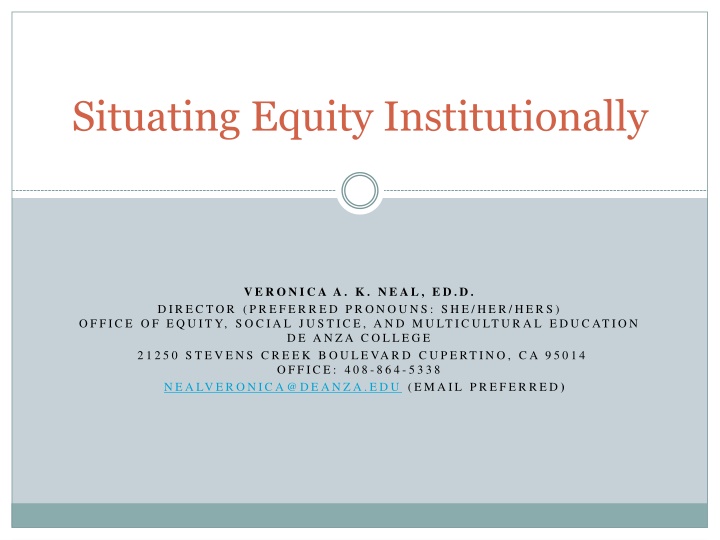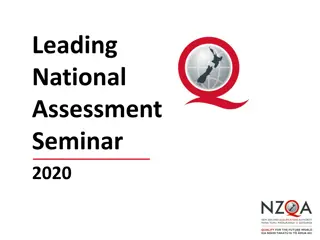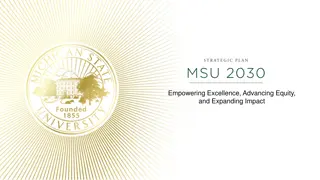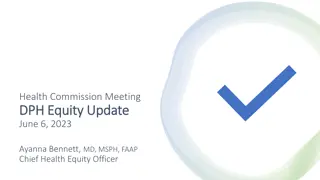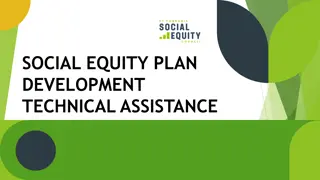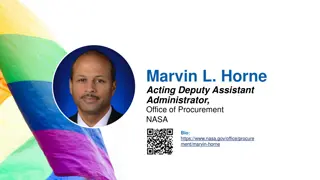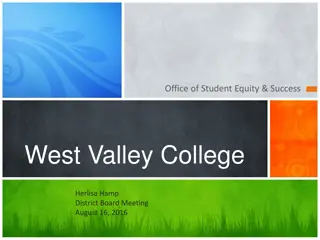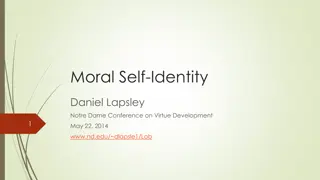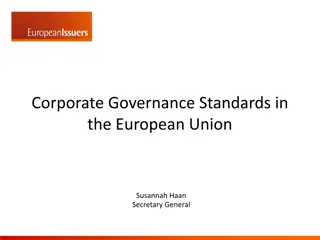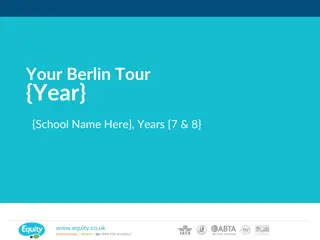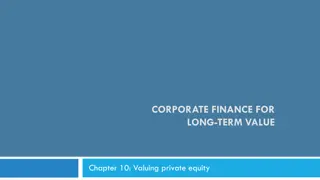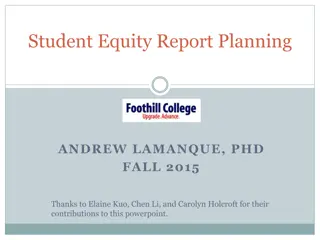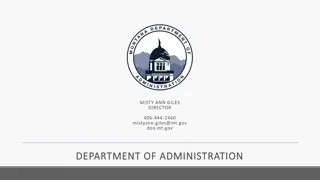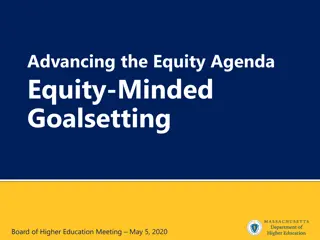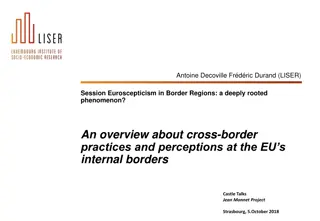Situating Equity Institutionally
Veronica A. Neal, Ed.D., provides insights into developing an Equity Framework and Lens to drive sustainable success in educational institutions. Learn about unpacking institutional conceptual frameworks, enhancing equity-minded approaches, and integrating equity lenses for aligning efforts effectively.
Download Presentation

Please find below an Image/Link to download the presentation.
The content on the website is provided AS IS for your information and personal use only. It may not be sold, licensed, or shared on other websites without obtaining consent from the author.If you encounter any issues during the download, it is possible that the publisher has removed the file from their server.
You are allowed to download the files provided on this website for personal or commercial use, subject to the condition that they are used lawfully. All files are the property of their respective owners.
The content on the website is provided AS IS for your information and personal use only. It may not be sold, licensed, or shared on other websites without obtaining consent from the author.
E N D
Presentation Transcript
Situating Equity Institutionally V E R O N I C A A . K. N E A L , E D . D . D IR E C TO R ( P R E F E R R E D P R O N O U N S : S H E / H E R / H E R S ) O F F IC E O F E Q U IT Y, S O C IA L J U S T IC E , A N D M U LT IC U LT U R A L E D U C AT IO N D E A N ZA C O LLE G E 2 1 2 5 0 S T E V E N S C R E E K B O U LE VA R D C U P E RT IN O , C A 9 5 0 1 4 O F F IC E : 4 0 8 - 8 6 4 - 5 3 3 8 N E A LV E R O N IC A @ D E A N ZA . E D U ( E M A IL P R E F E R R E D )
Why An Equity Framework? Without a clear framework, few of these strategies can drive sustainable success closing the gap strategies have little lasting impact because the framework defining why the work matters is never clearly articulated (Linton, 2011 p. 52).
An Equity Framework and Lens By Curtis Linton (2011) Linton s Equity Framework is based on the analysis and integration of an equitized culture, praxis, and leadership approach. The framework, although very strongly encouraging critical, equity, and culturally responsive pedagogies, argues that focusing only on these strategies comes at the expense of improving the culture and leadership within the educational institution. Practices, Culture, and Leadership Are Equally Important and Need to be Equitized!
Developing an Equity Framework Step 1. Describe your institutions working definition of EQUITY? Step 2. Unpack Your Current Institutional Conceptual Framework/Theory of Change Step 3. Develop an Enhanced Equity-Minded Institutional Conceptual Framework/Theory of Change Step 4. Develop Your Integrating Equity Lens For Ensuring Efforts Are in Alignment with Equitizing the Institution Step 5. Work to Bring Everyone Along and Provide Training on these Tools Neal, 2015
Lintons Equity Lens Equity Lens Practice Leadership Personal Strategies Institutional Strategies Professional Strategies Culture Personal Strategies Institutional Strategies Professional Strategies Personal Strategies Institutional Strategies Professional Strategies
Equity Lens Considerations (adapted from Linton, 2011) Culture List strategies you already use to build your own cultural competency and positive learning culture: List strategies you could use to build your own cultural competency and positive learning culture: Practice: List strategies you already use to deliver equitable instruction for students: List strategies you could use to deliver equitable instruction for students:
Equity Lens Considerations Continued Leadership List strategies you already use to be an effective leader of equity: List strategies you could use to be an effective leader of equity: For each equity factor above, consider the following: What personal strategies are you bringing to the work? Example: Challenging personal expectations and assumptions. What institutional strategies are you bringing to the work? Example: Including Students in ALL meetings. Redressing power differentials in meetings. What professional strategies are you bringing to the work? Examples: Provides a list of culturally responsive best practices to classified professionals and faculty.
Neals Equity Lens Institutionalization and Potential for Social Transformation: Professional Development, Resources Allocation, Hiring Practices , and Leadership Cultural/Institutiona l Consistency and Equity Alignment: Address Power and Privilege Imbalances; De-institutionalizing Whiteness; Decolonizing curriculum, policies, and procedures Interpersonal Equity and Cultural Humility: Cultural Humility Praxis, Equity Pedagogy, Allyship, MicroAffirmations Intrapersonal Equity Sensibilities/minded -ness and Cultural Humility
Awareness Wheel Reflections: What do you see and hear? What meaning does it hold for you? How do you feel? What do you want? What are you willing to do? Reference: ICP - Interpersonal Communication Programs, Inc.; Principals: Sherod Miller, PhD and Phyllis Miller, PhDs. http://www.iskillszone.com/abouticp.html
